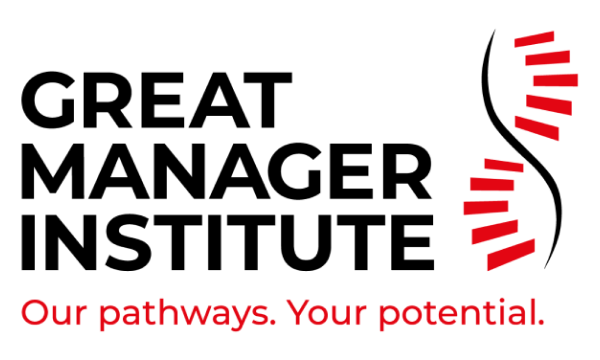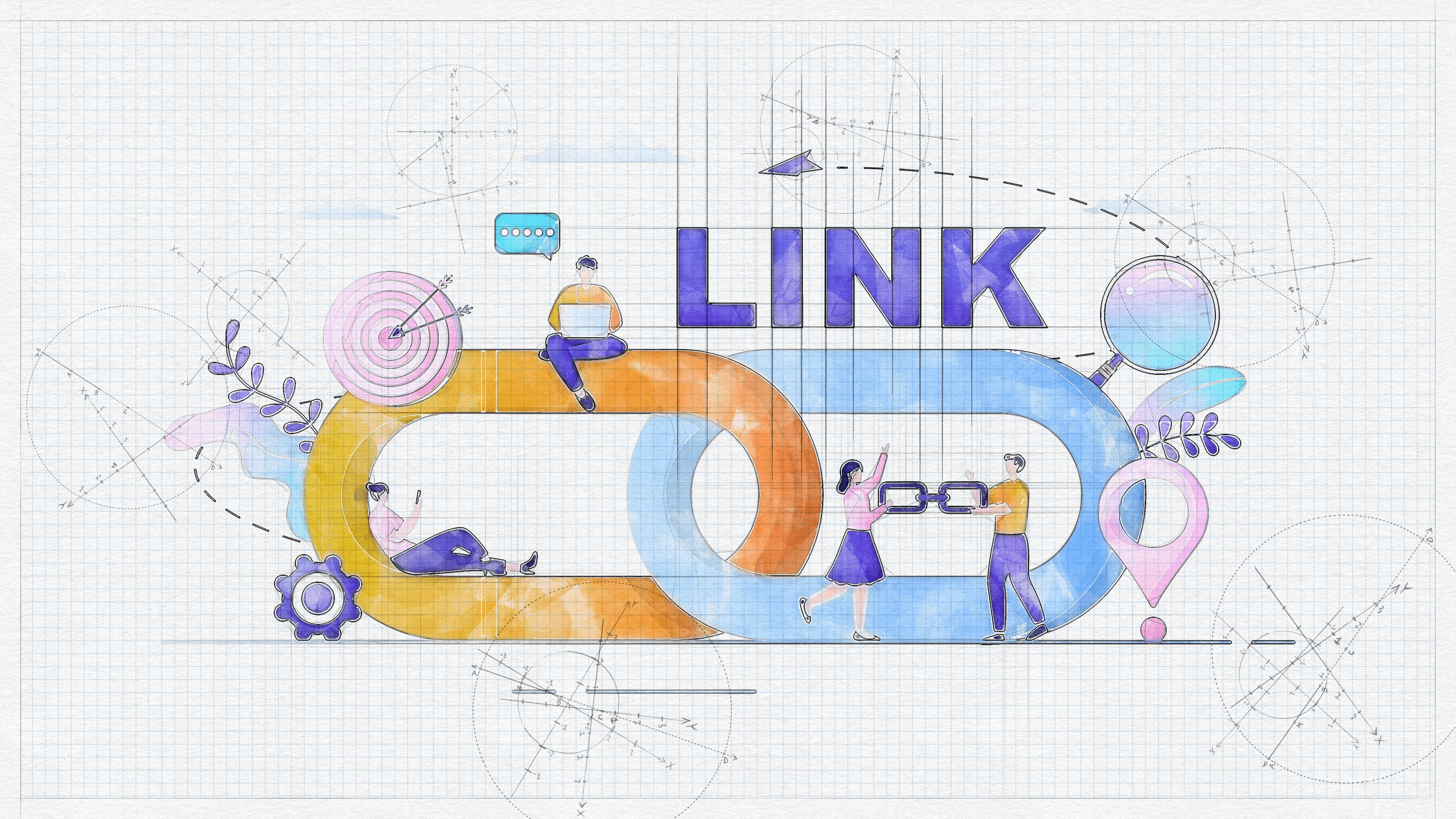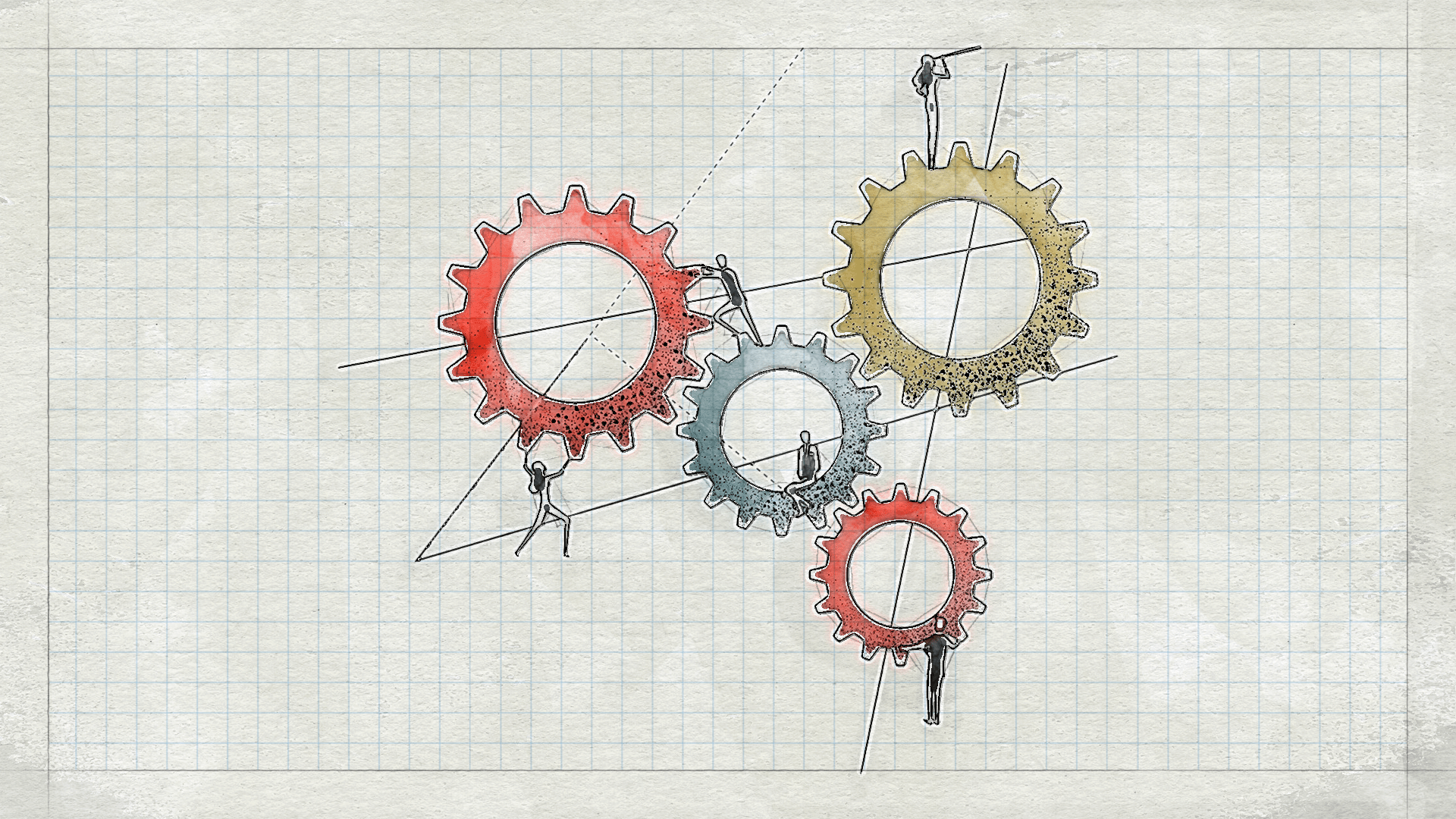Time window: Sep 2024 → Sep 2025
Gen Z managers (age ≤25) : We used ~100 open-text employee comments relating to this group of early-career (Gen Z) managers to derive thematic insights.
Gen Z employees (age ≤25): 500+ employee survey responses are used to understand how Gen Z prefers to be led.
This dual lens allows us to explore:
- How employees experience Gen Z managers, and
- What Gen Z employees expect from leadership in general
Cuts: industry (IT/ITES, BFSI, Manufacturing), manager seniority, and manager age.
Why this matters: You’re not just hiring Gen Z—you’re reporting to them, promoting them, and asking them to lead. Their expectations are quietly rewriting the leadership operating system.
Part 1 — How Teams Experience Gen Z Managers (≤25)
Even with a small base, the patterns are loud and consistent.
What teams appreciate
- Supportive leadership
- Approachable, available, and actively helpful.
- Do more of: Maintain the “open door,” but add structured availability (office hours, fast escalation paths).
- Clear communication
- Transparency reduces noise and builds alignment.
- Do more of: Rhythmic check-ins (weekly 1:1s, 10-min huddles). Document the “why,” not just the “what.”
- Empowerment & ownership
- Autonomy energizes, but teams still want a clear frame.
- Do more of: Pair empowerment with guardrails (decision rights, success criteria, resources).
- Recognition
- Visible appreciation = visible effort.
- Do more of: A simple recognition cadence—weekly micro-shoutouts, monthly milestones.
- Calm problem-solving
- Composed in pressure moments.
- Do more of: Proactive scenarioing and shared problem-briefs to invite collaboration early.
Where teams want more
- Communication under pressure
- Less reactiveness, more emotional regulation.
- Manager move: EQ drills: pause–name–reframe before responding; introduce “cool-down” norms.
- Work–life modeling
- Dedication ≠ always-on.
- Manager move: Normalize boundaries: visible breaks, no-meeting zones, outcome > hours.
- Systematic recognition
- Appreciation exists—but it’s uneven.
- Manager move: Recognition OS: peer kudos, team wins board, monthly “impact moments.”
- Delegation & trust
- Over-involvement slows growth.
- Manager move: Use a delegation ladder (observe → co-own → lead with review → own).
- Clearer growth pathways
- Intent isn’t a plan.
- Manager move: Quarterly growth maps tied to skills, mentorship, and visible milestones.
Part 2 - Now Let’s Turn to What Gen Z Employees Expect from Managers
What Gen Z values
- Empathy & psychological safety
- They notice how you listen.
- Action: Standardize 1:1 check-ins with two fixed prompts: “What’s working?” “What’s hard?”
- Clarity & openness
- Direct, context-rich updates.They appreciate managers who are approachable and easy to talk to.
- Action: Publish team operating notes (decisions, rationales, trade-offs) on a weekly rhythm.
- Motivation & recognition
- Encouragement and acknowledgment of effort significantly boost morale
- Action: Micro-recognition rituals—Friday wins, monthly “most helpful” shoutout.
- Team collaboration
- Belonging > broadcasting.Gen Z values managers who build togetherness and enable teamwork.
- Action: Cross-squad project swaps and “learn-backs” to build shared ownership.
- Adaptability
- Calm in change earns trust.Calm, solution-focused behavior during change or pressure is noticed — and respected.
- Action: Change brief template: what’s changing, why now, impact, supports, review date.
Where Gen Z wants managers to do better
- Balance support with stretch
- Encouraging + accountable.
- Action: Two-column feedback (what to keep doing / what to stretch into) every fortnight.
- More frequent, transparent communication
- Don’t just announce—explain.Gen Z wants to understand why decisions are made, not just what the decisions
- Action: “Why behind the why” notes for major calls (business logic + alternatives considered).
- Growth access
- See a ladder, climb a ladder.They’re hungry to learn and progress, but often don’t see a roadmap.
- Action: Skill micro-paths (8–10 hours/month) with mentor check-ins and artifacts.
- Fair workload
- Unevenness kills motivation. If tasks feel uneven, motivation drops quickly.
- Action: Workload heatmap review bi-weekly; rebalance in the room.
- Human connection
- Small rituals, big glue.Relationships matter deeply to Gen Z at work.
- Action: Micro-bonding: virtual coffees, demo days, squad retros that include appreciations.
Industry Signals (Gen Z Respondents)
Balanced work
Strongest: IT/ITES (flex & hybrid help)
Challenged: Manufacturing & BFSI (long hours, low autonomy)
Leader takeaway: Bring structured rest and shift-smart flexibility to non-IT roles to cut burnout.
Development focus
Strongest: IT/ITES (but 13% still dissatisfied—conversations exist, depth varies)
Challenged: BFSI (22% negative) → clarity and mentorship gaps
Leader takeaway: Install coaching journeys with visible progression, especially in BFSI.
Conflict management
Strongest: IT/ITES (fair, composed)
Challenged: BFSI (23.6% negative) → heated, uneven handling
Leader takeaway: Scale conflict playbooks + EI training for people leaders.
Accountability
Challenged: Manufacturing (lowest consistency)
Leader takeaway: Tighten role clarity and follow-through rituals; leaders must “walk the talk.”
Seniority & Manager-Age Patterns
By seniority
- Balanced work: Middle managers score best; senior leaders score lowest due to inconsistency (24%).
- Development focus: Senior leaders guide well; middle/junior show variability in delivery.
- Conflict management: Seniors are the steadiest; middle managers show 19% negative sentiment.
- Accountability: Junior managers top the charts (closer to the work), while it weakens up the ladder.
Leader takeaway: Middle managers are the pressure bridge. Invest in coaching & EI where bandwidth and context collide.
By manager age
- 26–34: Best engagement & balance—value alignment with Gen Z.
- 45–54: Lowest positive balance (56%) + highest inconsistency (25%)—expectation gaps.
Leader takeaway: Younger leaders model flexibility intuitively. Senior leaders can close the gap with visible support for balance and personalized growth.
The Executive Shortlist — 5 Moves to Make This Quarter
- Install an EQ & Conflict Micro-Curriculum
- 6 × 60-minute sprints for people leaders: triggers, reframes, scripts, and decision hygiene.
- Outcome: Fewer hot reactions, faster de-escalations, better trust.
- Launch a Recognition Operating System
- Weekly peer kudos → monthly impact moments → quarterly story walls.
- Outcome: Motivation lifts without adding headcount.
- Codify Coaching Cadence
- Fortnightly 1:1s using Keep/Stretch feedback + quarterly growth maps.
- Outcome: Development stops being “nice-to-have” and becomes the drumbeat.
- Adopt a Delegation Ladder
- Observe → Co-own → Lead (with review) → Own. Track who’s where.
- Outcome: Capacity expands; succession planning becomes real, not rhetorical.
- Make Workload Visible
- Bi-weekly workload heatmaps; rebalance live.
- Outcome: Burnout drops, fairness rises, throughput improves.
What This Means for Your 2026 Manager Capability Roadmap
- Gen Z isn’t asking for softer leadership—they’re demanding better systems:
- Emotionally intelligent managers who stay composed and fair.
- Open, contextual communication that respects adults.
- Empowerment with guardrails—autonomy plus clarity.
- Development as a cadence, not a slogan.
- Balance modeled at the top, not delegated to the bottom.
Organizations that wire these behaviors into manager operating systems will see higher engagement, steadier throughput, and a stronger internal leadership bench—particularly across middle management where pressure and perception diverge.









